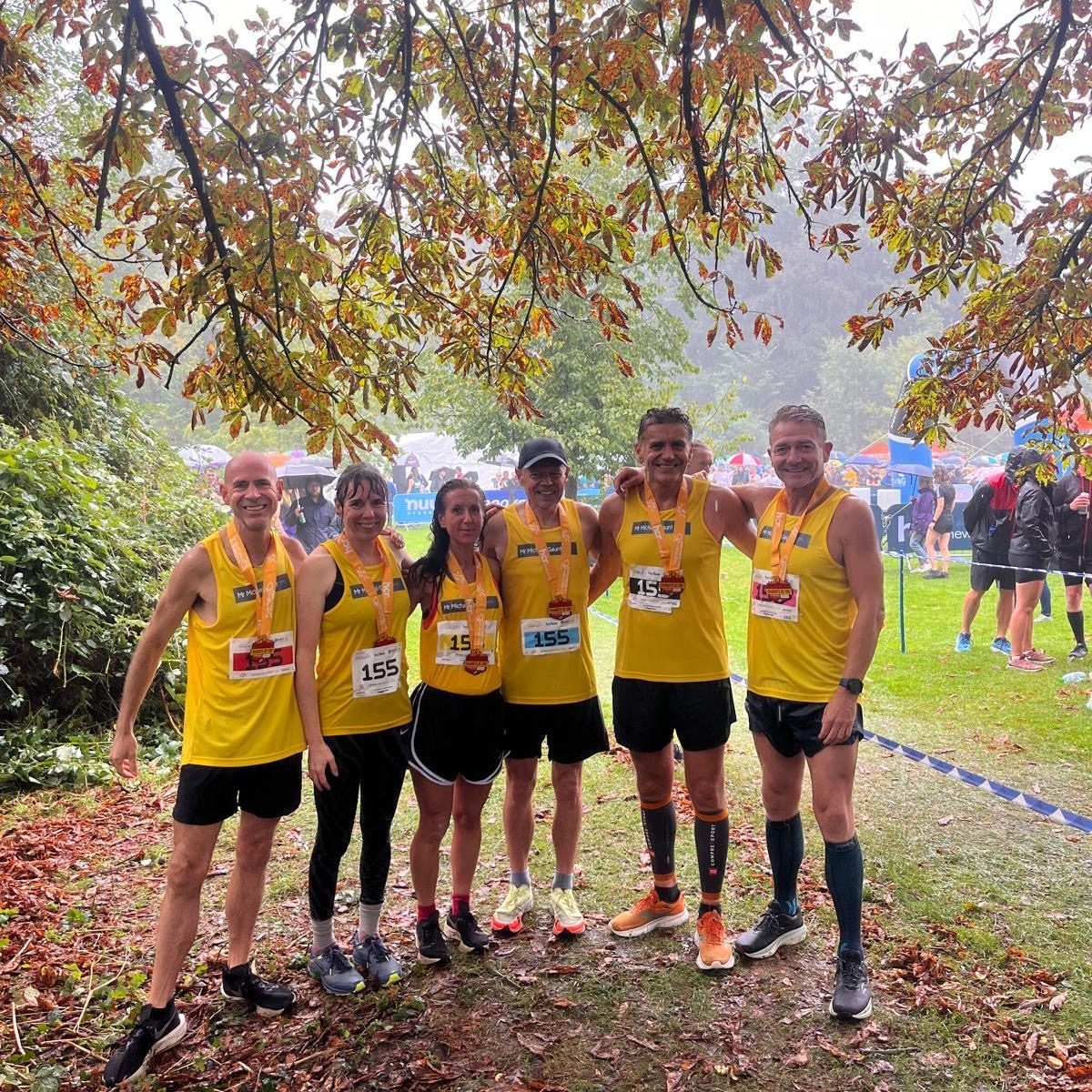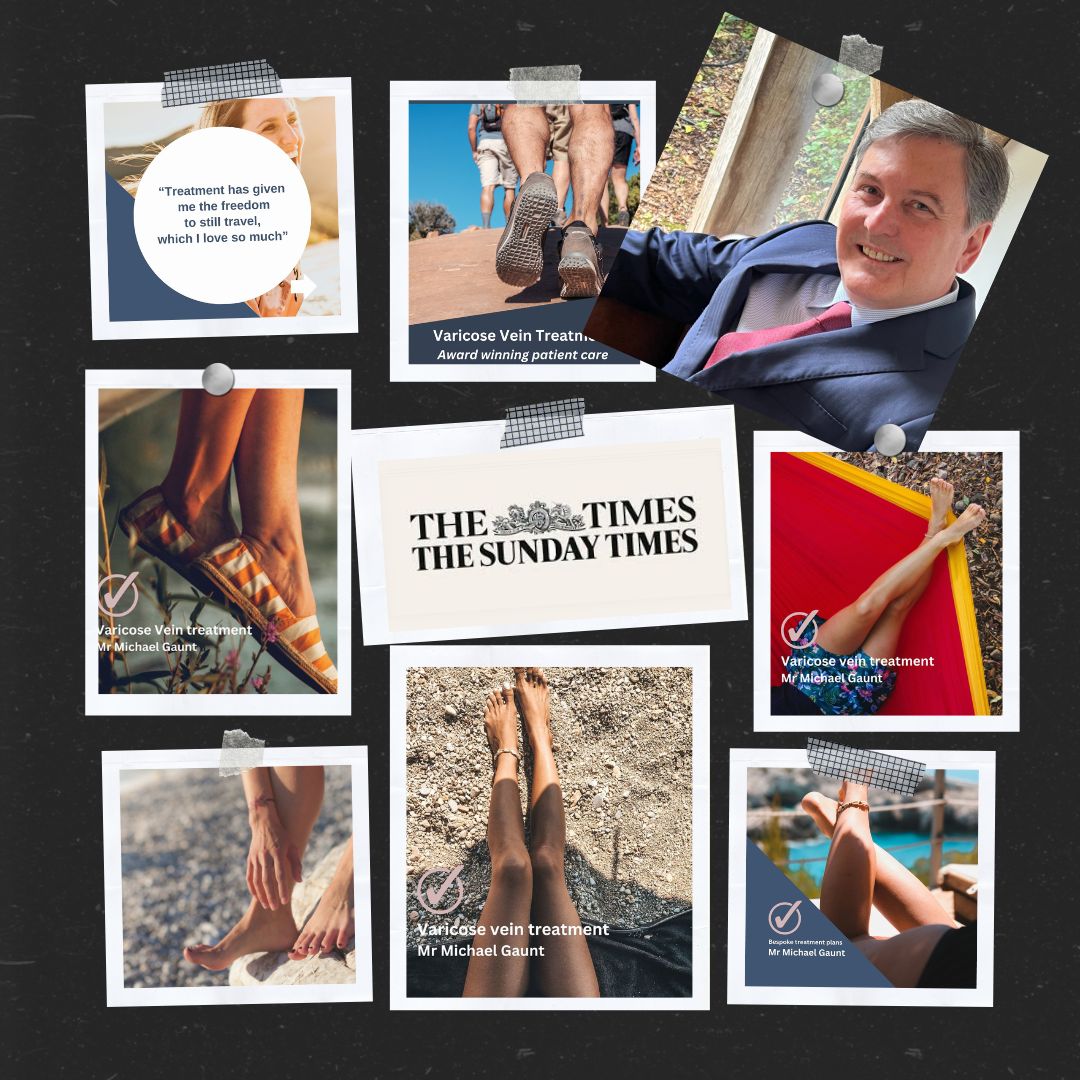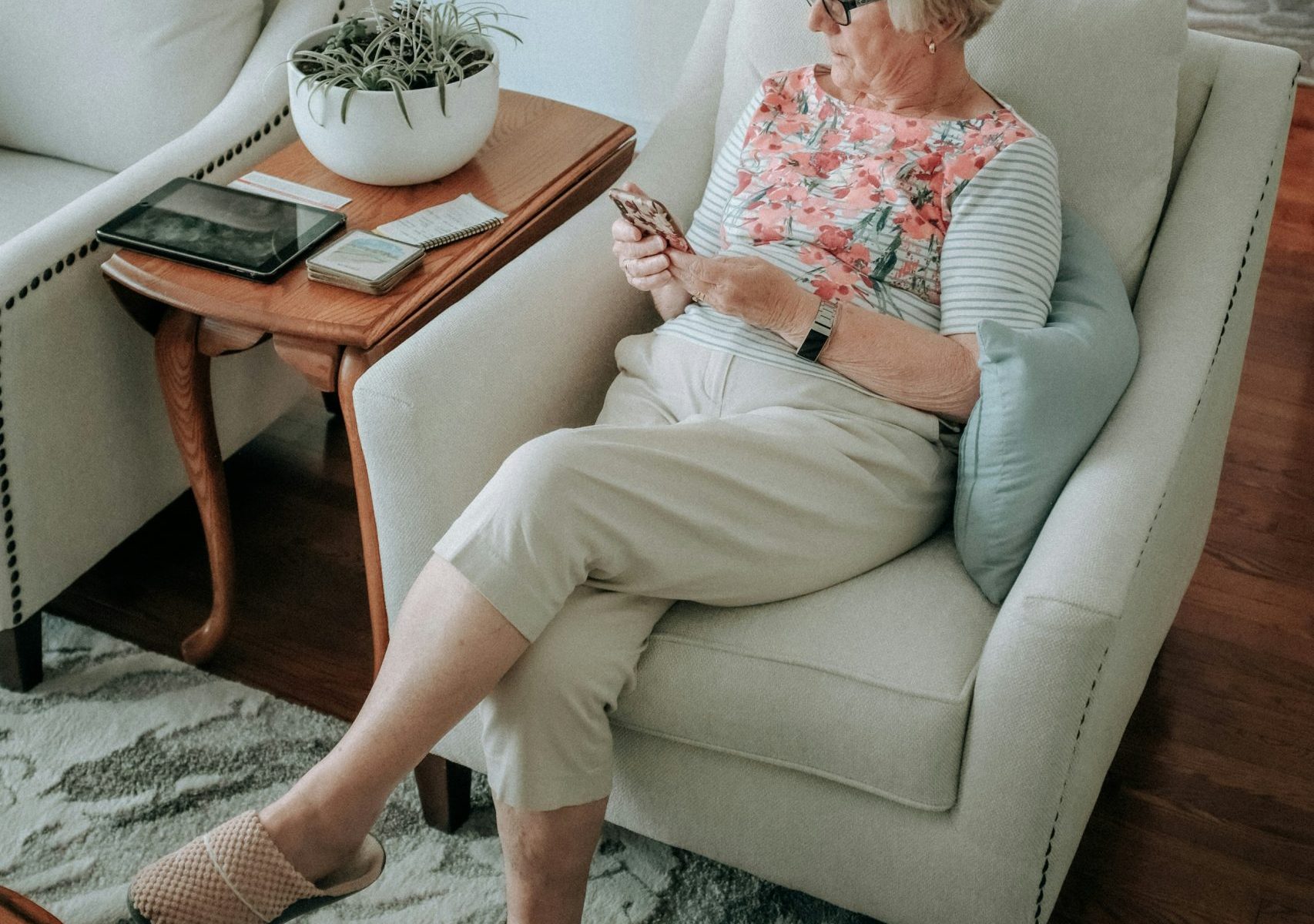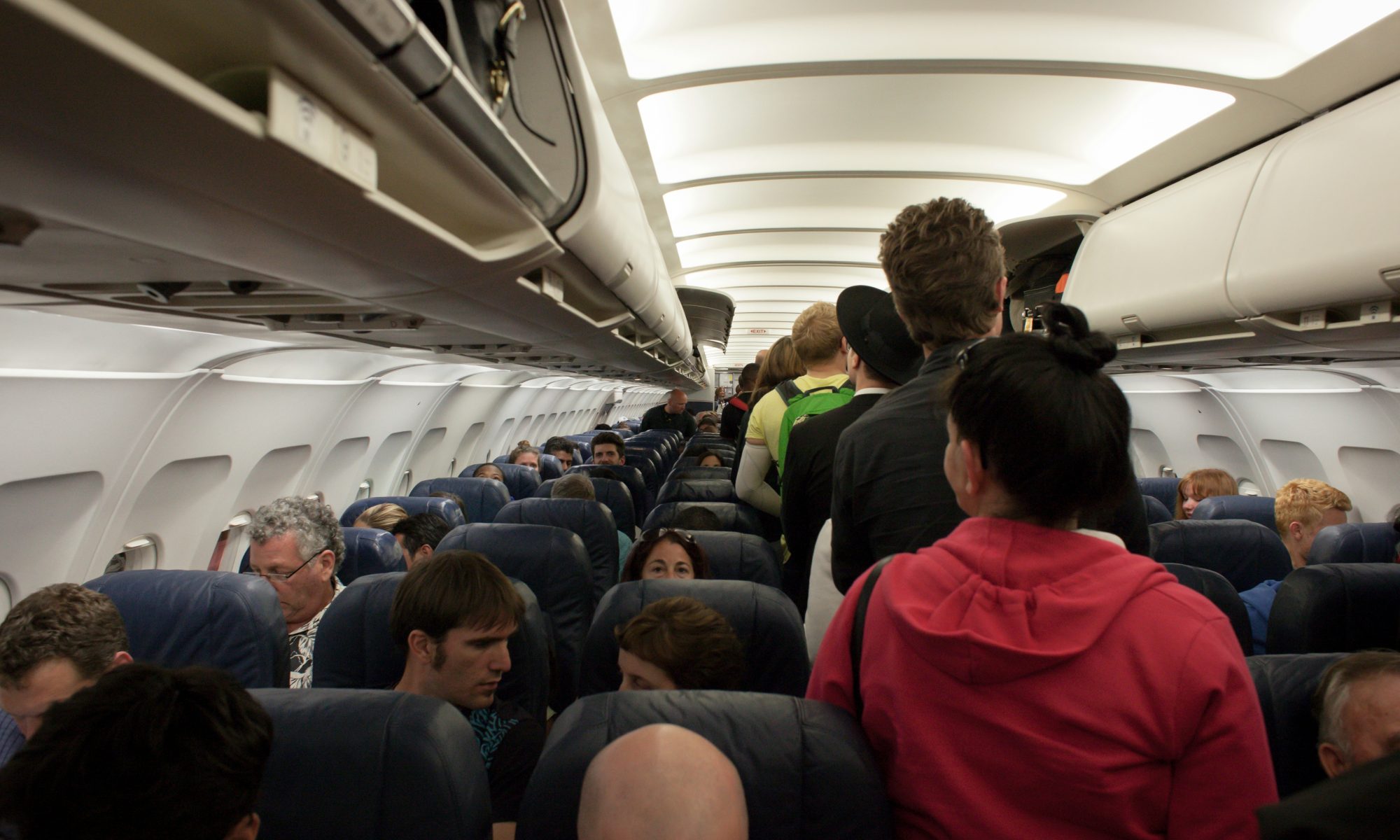Painful, Restless Legs? It Could Be Varicose Veins
Do you suffer from heavy, aching legs or frequent leg cramps? Varicose veins are damaged veins that may appear as raised, lumpy veins on the skin’s surface. However, they can also be invisible deep veins that may cause significant discomfort.
Recognising the first signs of varicose veins is crucial for early treatment and effective management. Many people mistake their symptoms for general tiredness or restlessness in the legs, delaying early treatment.
Common Symptoms of Varicose Veins
- Raised, bulging veins – Often appearing twisted and prominent on the legs.
- Thread veins – Smaller, visible veins near the surface of the skin.
- Swollen feet and ankles – Especially noticeable after prolonged standing or sitting.
- Aching, heavy, or tired legs – A persistent feeling of discomfort and fatigue in the legs.
- Muscle cramps and twitching – Often occurring at night or after long periods of inactivity.
“I noticed long periods of sitting were causing dull pain in my left leg.”
Understanding Poor Circulation and Varicose Veins
Poor circulation occurs when blood does not flow freely through the body. Varicose veins can disrupt normal blood circulation, causing veins to appear raised or swollen. Instead of blood flowing smoothly back to the heart, some of it pools in superficial veins, leading to symptoms such as aching, swelling, and night cramps.
Managing Symptoms at Home
Pain and discomfort from varicose veins can often be alleviated by simple lifestyle adjustments. Elevating your legs whenever possible can help reduce swelling and improve blood circulation. Using pillows or a footrest while resting, watching TV, or reading can provide relief.
Simple changes, such as taking regular breaks when sitting for long periods, can help improve blood flow and may temporarily ease varicose vein symptoms.
However, if symptoms become a daily occurrence or you experience swelling in the legs and ankles, a professional evaluation of your vascular health is recommended.
When to Seek Professional Advice
- Changes in the skin around your legs, especially near the ankles.
- An increase in broken veins or newly visible, raised veins.
- Persistent swelling or discomfort that does not improve.
Expert Consultation with Michael Gaunt
For expert diagnosis and tailored treatment, book a consultation with leading vascular surgeon Mr Michael Gaunt. During your appointment, he will personally assess your condition, discuss your concerns, and conduct a Duplex ultrasound scan to examine your veins in detail. A bespoke treatment plan will be designed specifically for your needs.
Book a Consultation at a Clinic Near You
Don’t let varicose veins impact your quality of life. For professional advice and treatment, book a consultation with Michael Gaunt today.
Clinic Locations:
- Harley Street, London
- Cambridge















